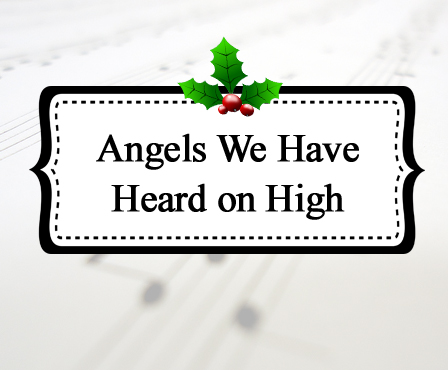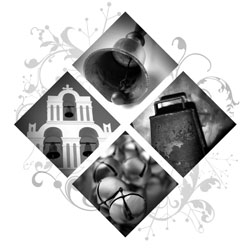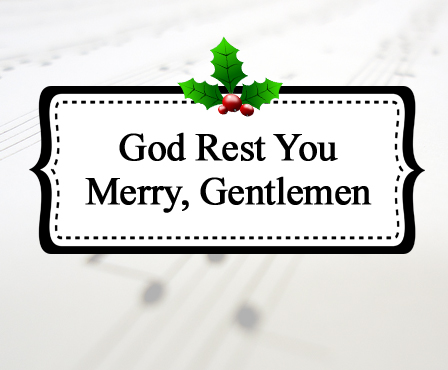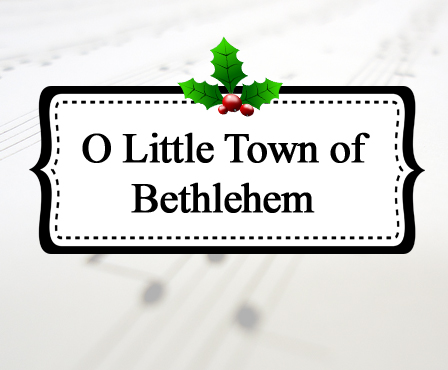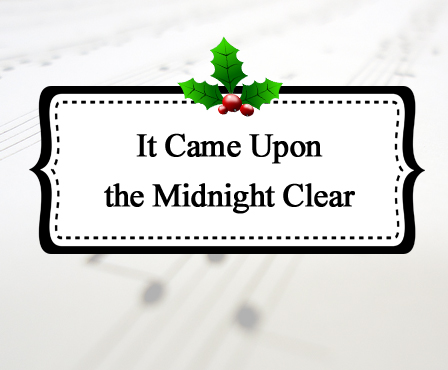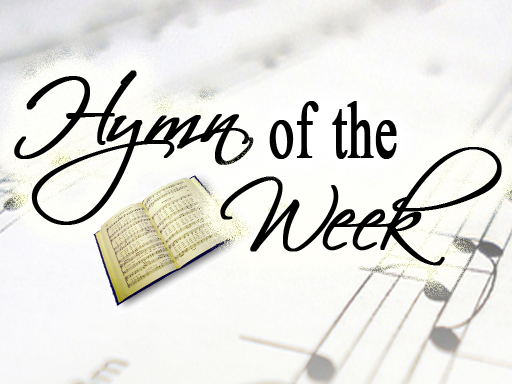I Heard the Bells on Christmas Day
This page includes a lyric video, a brief history, sheet music, and other resources for the Christmas carol “I Heard the Bells on Christmas Day.” Enjoy!
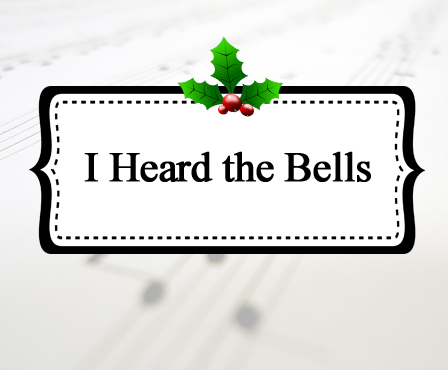
Enjoy this You Tube video with lyrics of “I Heard the Bells on Christmas Day”:
History of “I Heard the Bells on Christmas Day”:
Henry Wadsworth Longfellow lived at a time when America was just beginning to establish a culture of its own, and he was the first U.S. poet to achieve widespread fame. Up until the 19th century, art, literature and music generally came from Europe, and Americans seemed reluctant to acknowledge talent on their own soil. Longfellow unashamedly focused much of his original work on American history, traditions and landscapes. Longfellow was a true American. He was a descendant of early English immigrants, John and Priscilla Alden of the Plymouth colony, whose love story was dramatized in his 1858 poem “The Courtship of Miles Standish.” Additionally, Longfellow’s maternal grandfather had served as a general in the Revolutionary War. Longfellow loved his native land, and this endeared him to the American people.
Sadly, in 1861, tragedy struck. Longfellow’s wife Frances accidentally set her dress on fire and died of the burns. Longfellow was left as a single parent to his five young children. In the same year, Longfellow’s beloved country was in the beginning stages of Civil War. By March of 1863, 17-year-old Charles, Longfellow’s oldest son, left home (without his father’s knowledge) to join the Union Army. In November, during the battle of New Hope Church, Va., Charles was seriously injured. A bullet entered through his left shoulder, traveled across his back, and exited under his right shoulder. On December 1, Longfellow received word of Charles’ injury and left at once to bring him home for a long process of recovery. It was during the Christmas season, in the midst of nursing his son, that Longfellow penned the words of his poem, “Christmas Bells.” It was amid the devastation of war that the ringing of Christmas bells reminded Longfellow, “God is not dead, nor doth He sleep. The wrong shall fail, the right prevail!”
Over 10 years passed before Longfellow’s poem was converted into a carol. Though the words have been joined to a variety of music, the predominant tune is that of John Baptiste Calkin, an English musician. Calkin came from a family of accomplished artists and worked as a professor at both the renowned Guildhall School of Music and the Croydon Conservatory in England. He also served as an organist and choirmaster at St. Columba’s College in Ireland and at various other churches in London. Calkin’s tune, “Waltham,” (a common town name in England), was written in 1872. It is unknown who first paired it with Longfellow’s words, but perhaps the anonymous person found the music to be “reminiscent of the ringing of bells” (Studwell, William, The Christmas Carol Reader).
For more intriguing history on “I Heard the Bells on Christmas Day” (and 19 other classic Christmas songs), you can purchase our Christmas Songs eBook (only $2.99; use code “celebrate20” for 20% off).
You can also download our free, complimentary Sheet Music for “I Heard the Bells on Christmas Day”
For additional resources (like original sheet music), visit Hymns and Carols of Christmas or Net Hymnal.
This page was created by:

Back to main Christmas Songs page or our 25 Days of Christmas Music page.
We welcome your ideas! If you have suggestions on how to improve this page, please contact us.
Information on this page was drawn from our featured Christmas book.
You may freely use this content if you cite the source and/or link back to this page.
